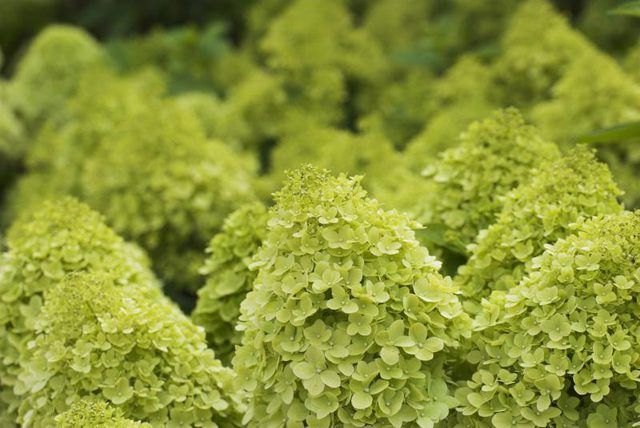Bulbs
Flower Basics
Flower Beds & Specialty Gardens
Flower Garden
Garden Furniture
Garden Gnomes
Garden Seeds
Garden Sheds
Garden Statues
Garden Tools & Supplies
Gardening Basics
Green & Organic
Groundcovers & Vines
Growing Annuals
Growing Basil
Growing Beans
Growing Berries
Growing Blueberries
Growing Cactus
Growing Corn
Growing Cotton
Growing Edibles
Growing Flowers
Growing Garlic
Growing Grapes
Growing Grass
Growing Herbs
Growing Jasmine
Growing Mint
Growing Mushrooms
Orchids
Growing Peanuts
Growing Perennials
Growing Plants
Growing Rosemary
Growing Roses
Growing Strawberries
Growing Sunflowers
Growing Thyme
Growing Tomatoes
Growing Tulips
Growing Vegetables
Herb Basics
Herb Garden
Indoor Growing
Landscaping Basics
Landscaping Patios
Landscaping Plants
Landscaping Shrubs
Landscaping Trees
Landscaping Walks & Pathways
Lawn Basics
Lawn Maintenance
Lawn Mowers
Lawn Ornaments
Lawn Planting
Lawn Tools
Outdoor Growing
Overall Landscape Planning
Pests, Weeds & Problems
Plant Basics
Rock Garden
Rose Garden
Shrubs
Soil
Specialty Gardens
Trees
Vegetable Garden
Yard Maintenance
How to Plant a Limelight Hydrangea
How to Plant a Limelight Hydrangea. Blooming when many other shrubs and perennials have finished, “Limelight” hydrangeas' (Hydrangea paniculata “Limelight”) creamy blooms provide cut flowers on a grand scale from about July through September. Hardy from U.S. Department of Agriculture plant hardiness zone 3 through 8 or 9,...

Blooming when many other shrubs and perennials have finished, "Limelight" hydrangeas' (Hydrangea paniculata "Limelight") creamy blooms provide cut flowers on a grand scale from about July through September. Hardy from U.S. Department of Agriculture plant hardiness zone 3 through 8 or 9, these hydrangeas grace northern and southern gardens alike. Plant "Limelight" hydrangeas in well-drained, highly organic soil in a sunny spot in your garden.
Shrub Placement
Although hydrangeas tolerate partial shade, panicle hydrangeas such as "Limelight" are sun lovers -- plant them where they receive at least 6 hours of sunlight for best bloom. "Limelight" grows to 8 feet tall and wide; choose a spot big enough for a mature shrub. "Limelight" makes a fine hedge due to its large size. Though "Limelight" can be pruned to be more compact, pruning to keep a large shrub small means extra work, so use the dwarf form, Little Lime (Hydrangea paniculata "Jane"), for smaller spaces; this cultivar grows only 3 to 5 feet tall.
Soil and Fertilizer Notes
Hydrangeas need moisture, but they can't stand wet feet, so add an equal volume of compost to improve drainage in clay soils. Compost or pine bark holds moisture in soil, but allows water to drain through. Cultivate all soils, even a sandy loam which needs no amendment, down to a depth of 18 inches. Hydrangeas flourish in a fertile garden soil and adapt to acid or neutral soil pH.
Once planted, work a handful of fertilizer -- about 4 ounces of 10-10-10 or other general purpose pelleted fertilizer -- into the soil around each plant as leaf buds break in early to mid April and again as buds form before bloom, around mid to late June. Apply 1/2 pound per 100 square feet for hedges.
Settling In
Dig a hole 1 foot deep or as deep as your shrub's container, whichever is greater. Dig the planting hole approximately 2 feet in diameter to allow shallow roots to spread with ease. Take the root ball out of the container and scuff up the edges with a trowel or cultivator before planting. Always wipe tools with rubbing alcohol or hand sanitizer before using them to avoid transferring pathogens from one plant to another.
Set the root ball into the planting hole so it sits at the same level as in the container. Backfill the hole with soil and tamp gently. Mulch with 2 to 3 inches of pine bark or compost, taking care to keep mulch away from the crown, and water well. Keep the soil around the shrub moist for the first week or two, then provide one inch of water per week if rain is insufficient.
Planting Time
"Limelight" hydrangeas bloom on new wood, so they may be planted after the latest average frost in spring without fear of losing summer bloom. Delay fertilizer until just before bloom in early summer. Late autumn planting allows strong root system development. Although potted shrubs can be planted throughout the growing season, summer planting requires daily watering to ensure root growth and may affect or delay bloom.